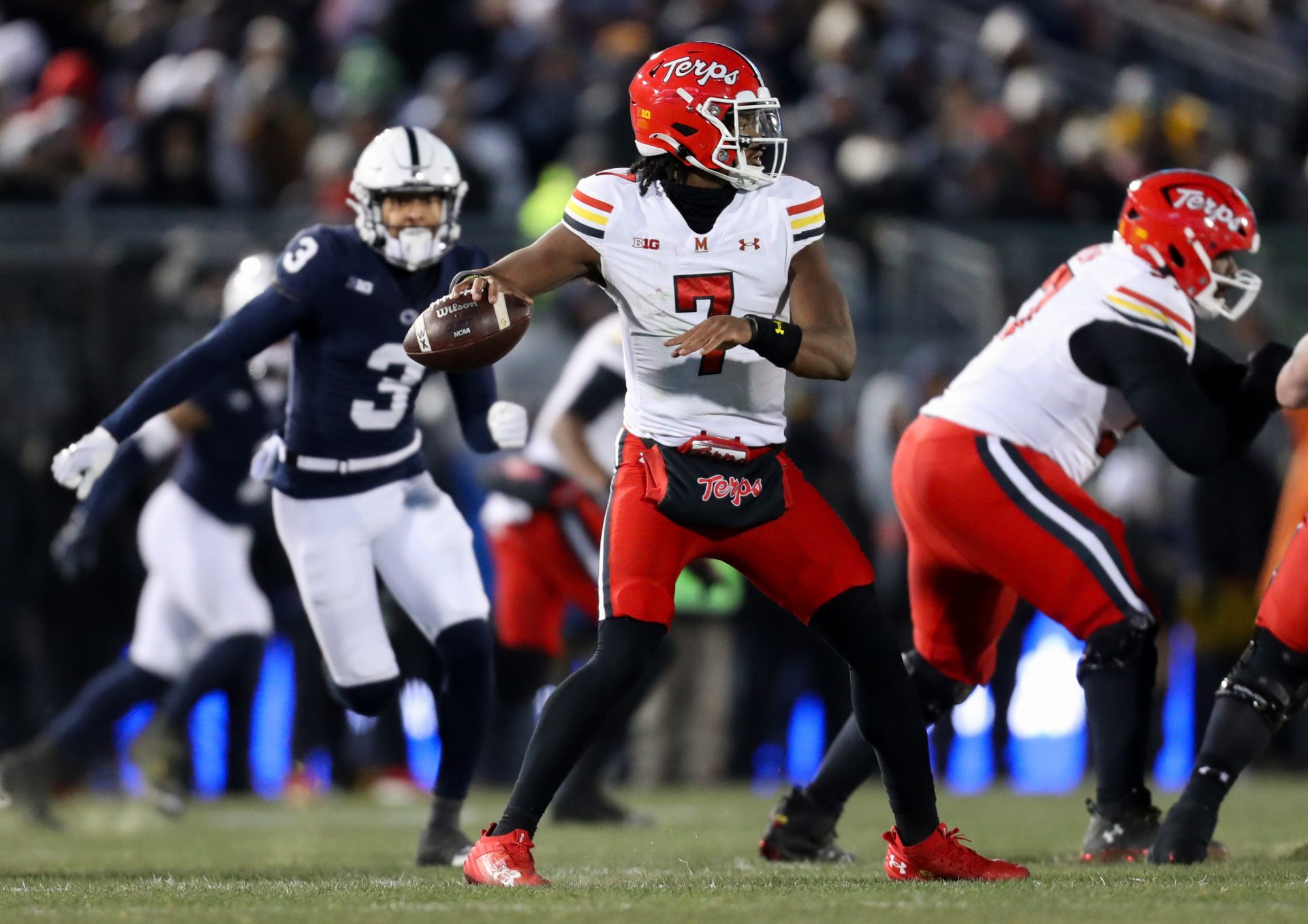Before 2018, if a college football player redshirted, they could not play in a single game throughout that season, meaning they were on the bench and did not suit up unless they burned their redshirt. However, a new rule has been implemented that alters the landscape of the Redshirt rule.

How the Updated Redshirt Rule Affects the 2025 Season
Redshirting in college football allows teams to get an extra year of development out of a player while that player maintains an extra year of eligibility. It’s often a win-win for both sides as the player doesn’t lose any playing years, and a team can squeeze as much as possible from the athlete.
As Ehsan Kassim, who is a writer for USA Today Sports, broke down, after the 2018 season, the NCAA amended its redshirt rule so that in college football, players can appear in four contests before they burn their redshirt.
Then, back in August of 2024, the NCAA once again amended the redshirt rule, making it so that if a redshirt player appears in a postseason game, it will not count towards the previous four-game rule that had been put into place.
So what does this all really mean? Well, let’s use an example from last season. Kedren Young was a freshman at Notre Dame last season and is a former four-star recruit. In the regular season, Young saw action in games against Stanford, USC, Navy, and Purdue.
Since Young only played in four games, he was able to maintain his redshirt. However, with the new postseason rule, Young was also able to see playing time in the college football playoff, appearing in games against Indiana, Penn State, and Ohio State.
Entering 2025, Young will be a redshirt freshman and will still have four years of eligibility remaining, despite playing in seven total games last season.
KEEP READING: Who Was the First College Football Player To Early Enroll?
The postseason amendment allows playoff teams to utilize their depth in meaningful games and utilize players without having to worry about burning their redshirts. This is a big change for national title contenders and will help them greatly down the line in the biggest moments of the season.
College Sports Network has you covered with the latest news, analysis, insights, and trending stories in college football, men’s college basketball, women’s college basketball, and college baseball!

